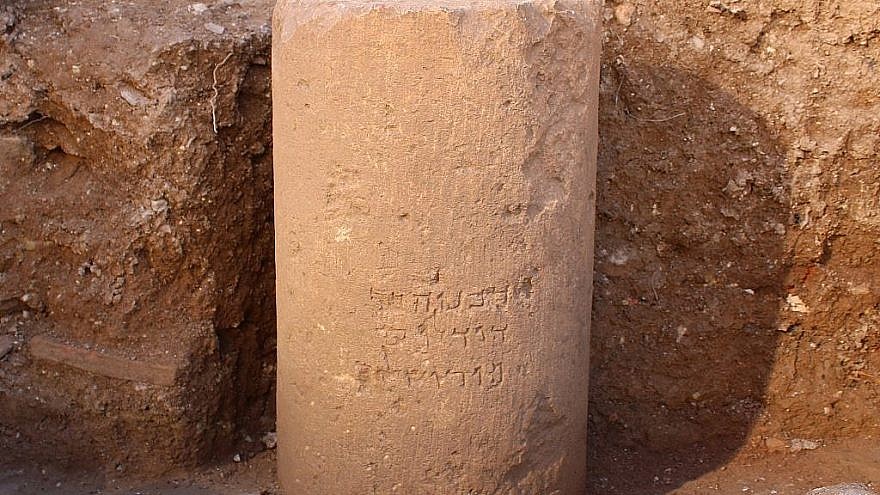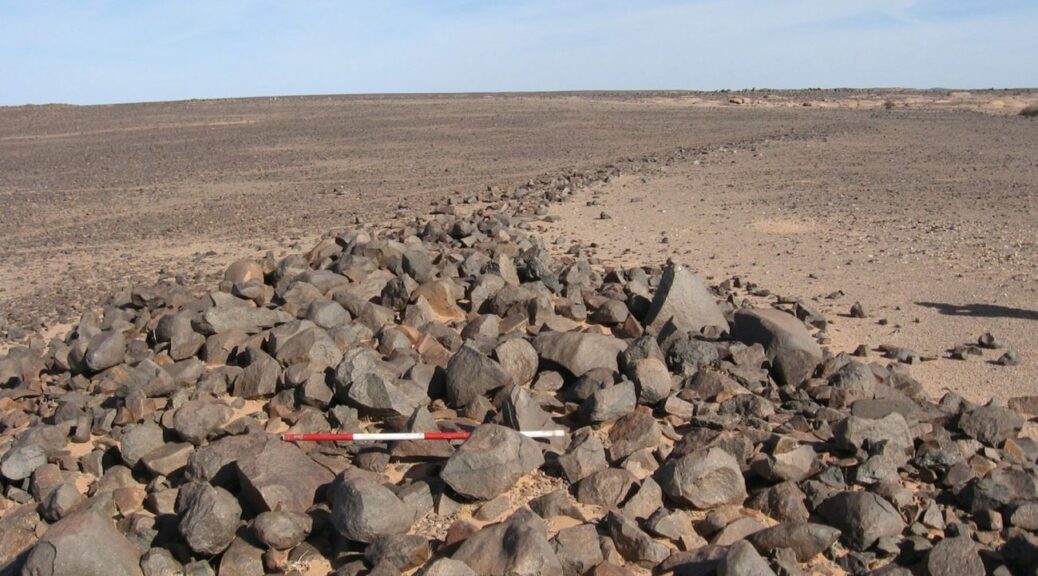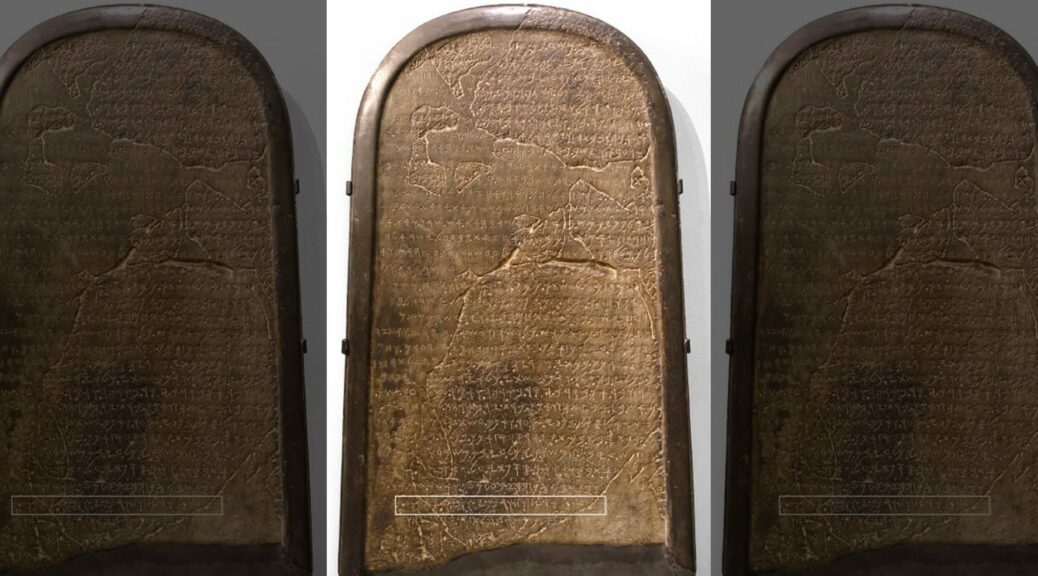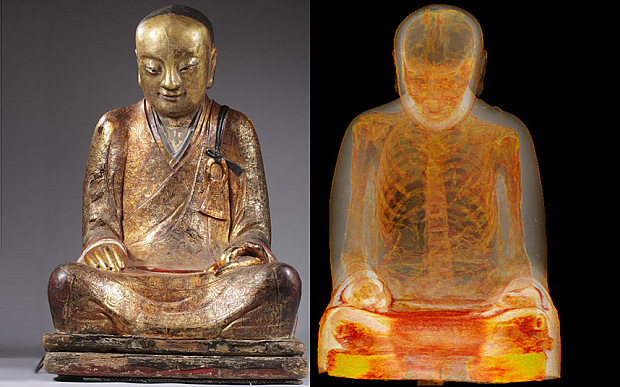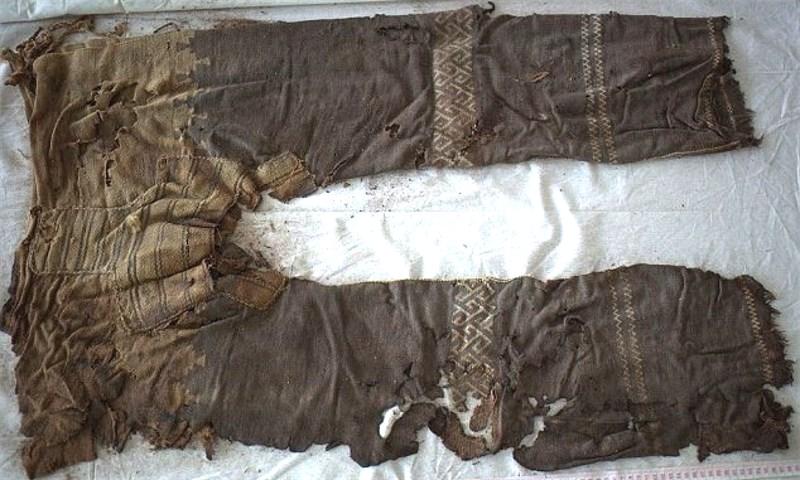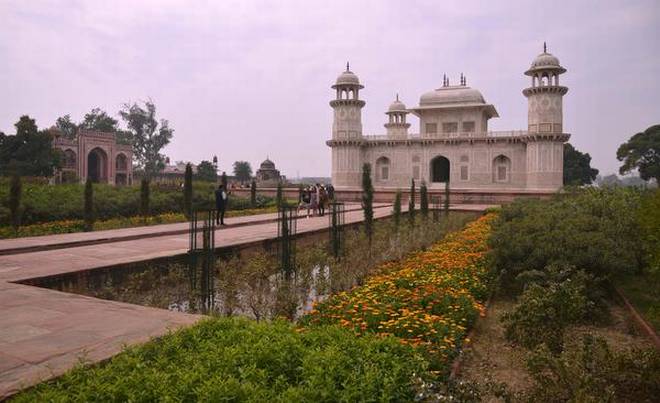Ancient Indian Temple Finally Uncovered After Decades of Being Submerged in Reservoir
A decade ago, the waters of the Udyasamudram reservoir at Panagal in India’s Nalgonda district engulfed the Sri Shambulingeshwara Swamy temple.
Today, this stunningly beautiful temple, built in the 11th or 12th century AD and dedicated to Lord Shiva, re-emerges as the waters of the reservoir slowly subside.
Archaeologists were pleased to see that the temple is still in one piece, with its magnificent and detailed carvings as beautiful as when last seen.
The intricate carvings show details as minuscule as the jewelry worn by the dancers and their facial expressions, sure to delight thousands of future visitors.
Sadly, the 23 shrines in the temple have all been stripped of the gems that adorned them, an example of the looting of ancient tombs and shrines that is so prevalent.
The ceilings and walls of the temple show a Perini Dance. Though the carvings show female dancers, the Perini Dance was traditionally undertaken by warriors before Lord Shiva as they set off for battle.
The ceremony originated during the Kakatiya dynasty in the area of the Telangana, which corresponds to the age of this temple. The beautiful carvings inspired the resurrection of this form of dance.

The director of Archaeology and Museums for the Government of Telangana has decided that the entire temple will be dismantled and moved to a safe location at the Panagal Museum before the waters rise again in the reservoir.
In addition to dismantling and moving the temple, they will also move 12 columns and several loose sculptures found in the same area.
The sculptures found relate to a Nandi (the bull that served as a mount for Lord Shiva), Lord Vinayaka (depicted with the head of an elephant), and other Hindu deities.
Lord Shiva, to whom this temple is dedicated, is one of the Hindu trinity of Shiva, Brahma, and Vishnu. Lord Shiva is the destroyer and transformer and is most often depicted with the symbols that identify him.
These icons include a snake around his neck, a third eye on his forehead, matted hair with the River Ganges flowing from it, a crescent moon upon his head, a trishula or trident, and a damaru (an instrument with two beads on leather cords that make a sound against a small hourglass shaped drum when it is swung from side to side).
The temple has a very romantic legend associated with it. The legend states that before the temple was built, a cow herder saw one of his cows empty her udder over a rock.
He was very angry and broke the rock into eleven pieces and threw them away. The next day he found that the rock had been reassembled, so he took his story to the local ruler, who recognized that this was a Shiva Linga, and ordered a temple to be built around it.

The temple contains a circular hole of around 2 inches across which has water running through it all year round. This feature denotes this as a Swayam Abhisheka Linga, or self-purifying linga.
The Hindu festival of Maha Shivaratri is celebrated annually in late winter–February or March–in honor of Lord Shiva. This “Great Night of Shiva” is celebrated by keeping an all-night vigil at a temple dedicated to Shiva, accompanied by meditation.
Relocating this beautiful temple will save it from being submerged in the waters of the reservoir when they rise again. It will also bring attention to an important Hindu temple and a stunning example of the work undertaken by Katatiyan artists.

